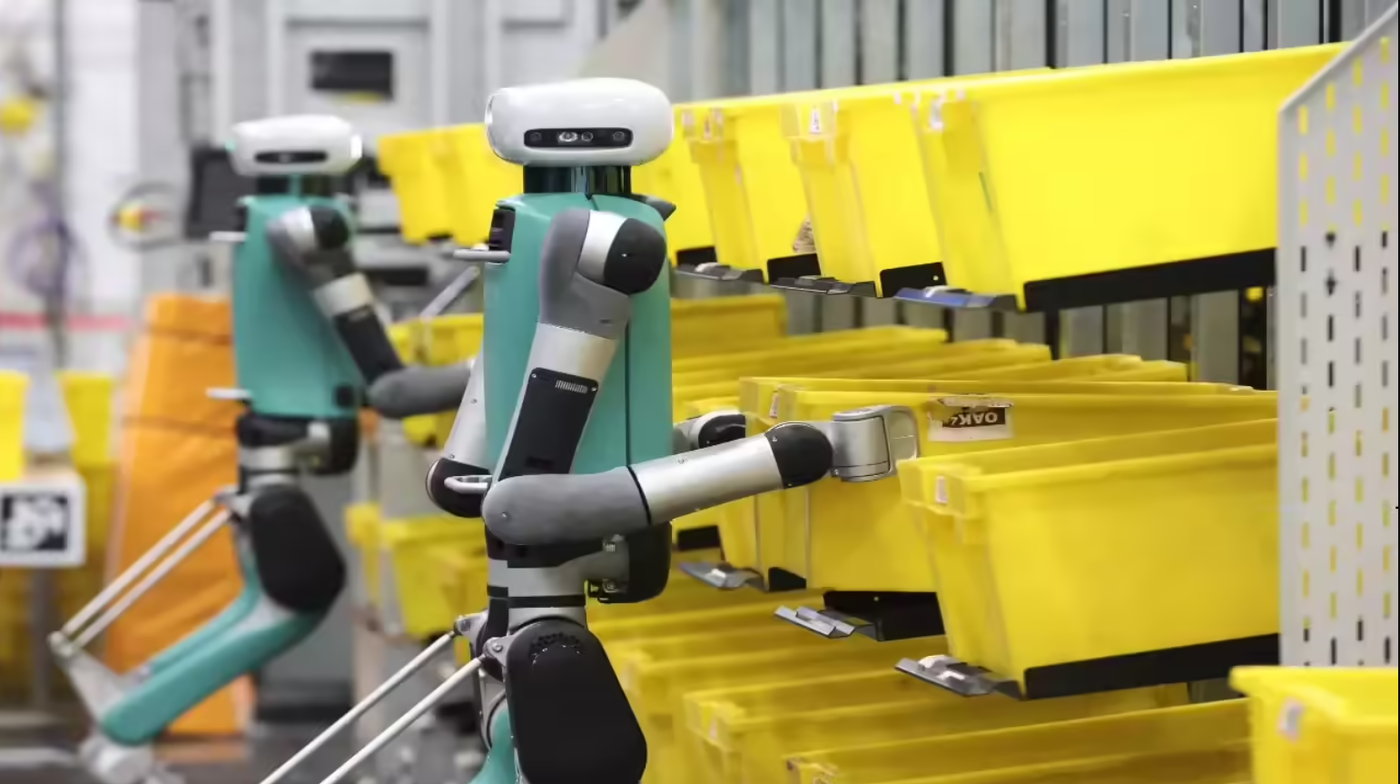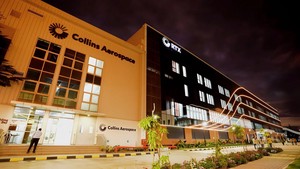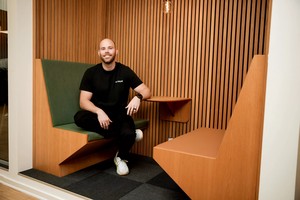Amazon’s latest moves in robotics are not just about innovation but about integration. At the heart of the company’s rapidly evolving robotics program lies a powerful idea machines should exist to amplify human ability, not overshadow it. Tye Brady, the chief technologist at Amazon Robotics, believes that the next phase of automation will be defined not by cold replacement but by warm collaboration. The concept is called collaborative robotics, and Amazon is placing all its bets on this future.
Brady, speaking at Amazon’s ‘Delivering the Future’ event in Tokyo, painted a picture of a world where robots serve as intelligent tools that people can work with rather than fear. From warehouses to workspaces, machines like Hercules, Pegasus, and Proteus are designed not to displace humans but to help them operate more safely and efficiently. These robots handle the heavy lifting, the precise sorting, and the movement of goods, but they do so in harmony with the humans around them. Proteus, for example, can navigate freely in open spaces while working alongside employees, making it a symbol of the kind of future Amazon is building.
The company recently celebrated a major milestone the deployment of its one millionth robot. That machine joined a global network spread across over 300 facilities, a testament to the scale and ambition of Amazon’s robotic infrastructure. But the company is not stopping there. With the introduction of DeepFleet, a new generative AI powered coordination system, Amazon is now optimizing how these robots move within its fulfillment centers. DeepFleet functions like a smart traffic controller for machines, improving travel time by ten percent and increasing order processing speeds. This efficiency translates directly into faster deliveries and lower costs for customers.
Yet even amid these technological advances, Brady’s message remains clear. The future is not about choosing between people and machines. It is about creating environments where the two can work together seamlessly. Collaborative robotics is a philosophy that keeps people at the center of innovation. According to Brady, machines should be intuitive, safe, and empowering. The idea is to design robots that feel less like replacements and more like extensions of human effort.
He also addressed concerns that automation could lead to widespread job loss. While acknowledging that change can be uncomfortable, Brady emphasized that these technologies are meant to elevate workers. With AI and robotics now performing essential functions that increase safety and speed, humans can focus on more creative, strategic, or meaningful tasks. It is not about losing roles but about reshaping them. The ultimate goal is to make work better, not redundant.
Amazon’s investment in robotics began in 2012 with a single type of machine that moved shelves across floors. In just over a decade, that single innovation has grown into a dynamic fleet of intelligent tools. These systems are now smarter, faster, and more collaborative than ever before. From their physical design to their AI integration, every update has been guided by one central idea robotics should help people thrive.
Brady’s vision offers a powerful counterpoint to the growing narrative that machines will soon overtake human labor. Instead, he imagines a world where technology and humanity evolve together. With collaborative robotics leading the way, Amazon hopes to inspire a future where innovation uplifts society and people remain at the core of every breakthrough.
Follow Tech Moves on Instagram and Facebook for more deep dives into the future of AI, robotics, and the technologies shaping our everyday world.














